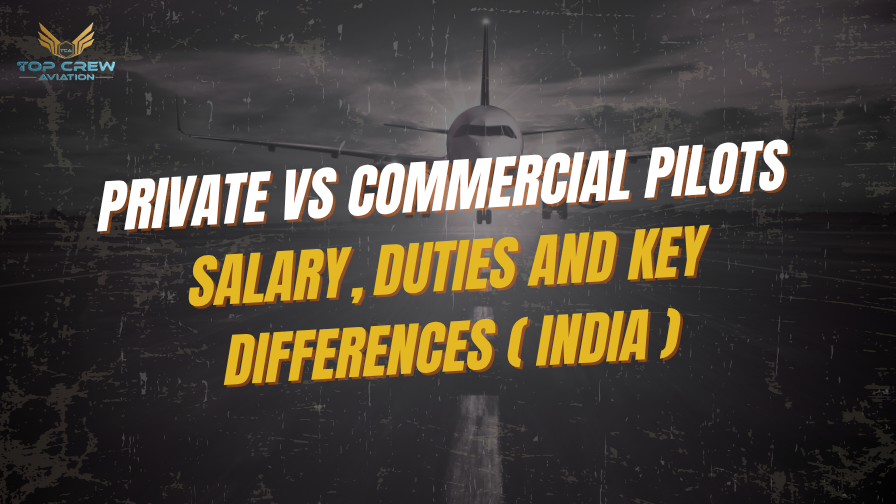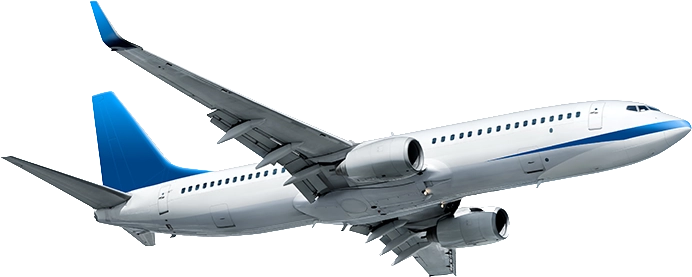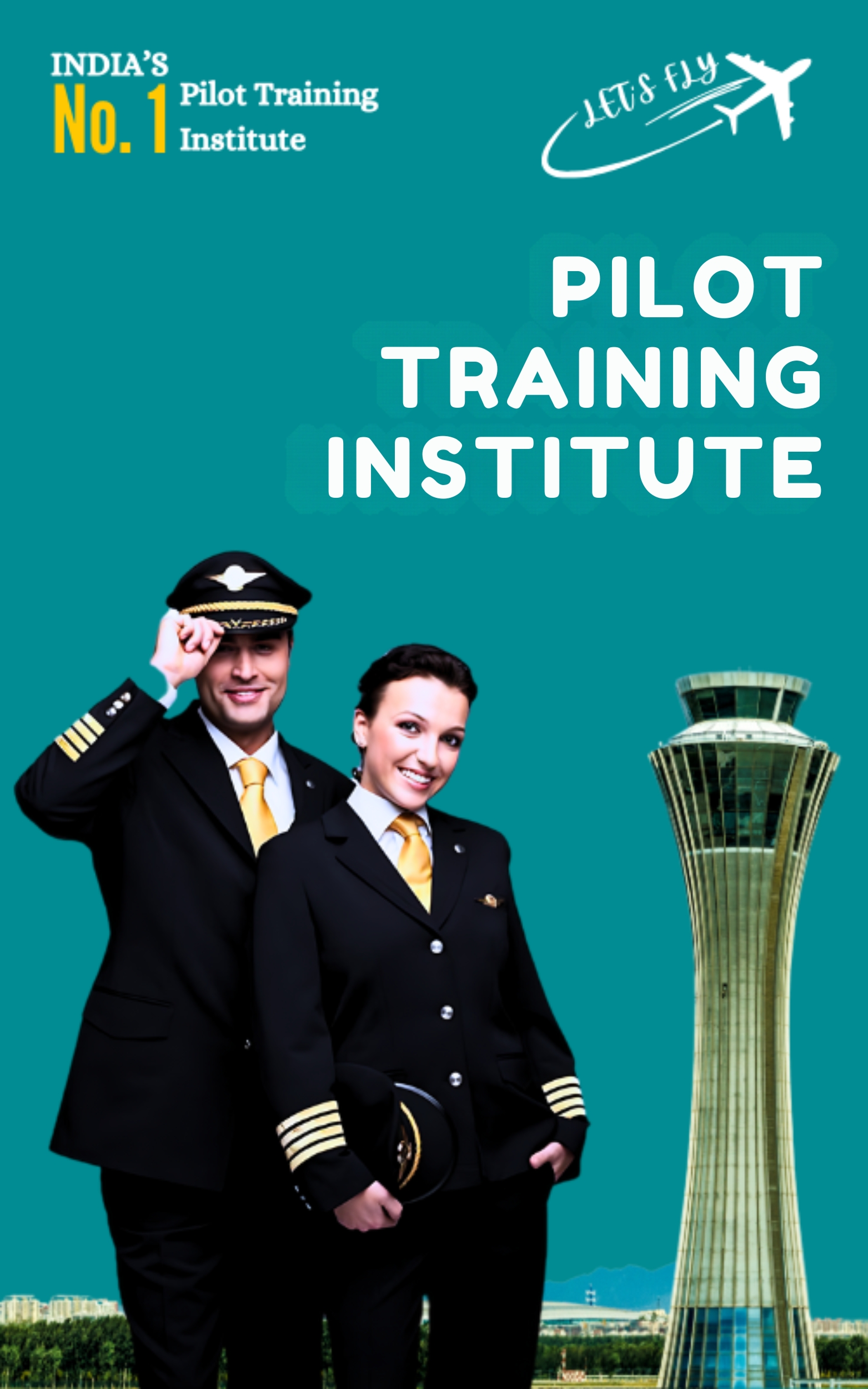Private vs Commercial Pilots: Salary, Duties and Key Differences (India)
Working in the airline industry in India is no small feat. Many roles require specialized training, but perhaps none more so than pilots. To fly a plane—whether small or large—a pilot must complete intensive training and pass both practical and written exams under the regulator’s standards. Once fully licensed, pilots can often look forward to a career that combines adventure with attractive compensation packages.
In this article, we’ll answer common questions about working as a pilot in India. We’ll define what makes a private pilot and what makes a commercial pilot. We’ll compare their salaries, their duties, their training paths, and the benefits of each route.
Key takeaways you’ll learn:
- Private pilots fly mostly for recreation, non-profit or personal purposes, while commercial pilots are licensed to fly for pay in many settings (airlines, charter firms, private clients).
- Pilots’ duties include pre- and post-flight inspections, route planning, risk assessment, record keeping, communications with air traffic control, and ensuring safety of crew and passengers.
- To become a pilot, you can follow routes such as flying school, aviation college, an aviation academy, or even transition from military aviation.
If you’re considering a career in aviation or just curious, by the end of this guide you’ll have a clearer sense of which pilot path fits your goals—and what it truly costs and pays in India.
What Is a Private Pilot in India?
A private pilot holds a Private Pilot License (PPL) under India’s civil aviation regulations. This license lets you legally fly an aircraft for personal, recreation, or non-profit use—but not for commercial compensation.
Training & Privileges
- The PPL training covers small aircraft handling, navigation, cross-country flights, emergency procedures, and night flying.
- You’ll need ground school, flight hours under instructor supervision, and solo hours.
- After meeting all requirements, you must clear a written exam and a check flight test.
Costs in India
- The cost of obtaining a PPL in India is estimated in many flight schools to be between ₹5,50,000 and ₹9,25,000 including ground school, exam fees, flight hours, and other charges.
- In contrast, some sources quote more expansive figures (₹20–25 lakhs) if additional hours or advanced training are factored.
- These differences depend on the flight school, location, aircraft type, and additional fees.
What You Can Do as a Private Pilot
- Fly for personal travel or recreation.
- Carry family, friends, or fellow private travelers (without charging them).
- Participate in charitable or non-profit flights.
- Use the license as a stepping stone toward commercial or advanced certifications.
Limitations
- You cannot accept payment or hire out your flying services.
- You’ll be restricted to simpler aircraft (unless additional endorsements are earned).
- As you gain experience, many pilots move on to commercial training to turn flying into income.
What Is a Commercial Pilot in India?
A commercial pilot holds a Commercial Pilot License (CPL), which allows the holder to fly aircraft for remuneration or hire. This is a professional path beyond the private license.
Training Requirements
- The CPL requires 250 or more flight hours plus additional solo and instrument hours.
- You must clear advanced theoretical exams, oral exams, and a check flight.
- To fly for scheduled airlines, you must also obtain an Airline Transport Pilot (ATP) certificate or meet its equivalent requirements.
- Class ratings (single-engine, multi-engine, land or sea) determine which aircraft you can legally fly.
Roles and Settings
Commercial pilots can be employed or contracted to:
- Fly scheduled commercial airlines (domestic or international)
- Operate charter or private jets
- Transport cargo
- Serve as flight instructors to build hours
- Perform niche roles such as aerial surveying, banner towing, or medical evacuations
Regulatory & Career Considerations in India
- The Directorate General of Civil Aviation (DGCA) governs licensing, hours limits, and certification.
- Airline pilots must follow regulations dictating maximum flight hours, minimum rest periods, and mandatory retirement ages (e.g. age 65 for many commercial pilots).
- Pilots flying private jets or charter services may have increased flexibility and sometimes may continue flying beyond typical airline retirement ages domestically.
Read Also – Do You Need a College Degree to Be an Airline Pilot?
Salaries in India: Private vs. Commercial
Understanding salary differences is key when choosing a pilot path in India.
Private Pilot
- With only a PPL, you generally cannot earn income from flying.
- Private flying is a passion or support tool (for personal or family business travel) rather than a profession.
Commercial Pilot Salaries in India
According to recent sources:
| Role / Experience | Approx. Monthly Salary* | Approx. Annual Range | Notes |
| Fresh CPL / Trainee | ₹30,000 – ₹1,20,000 | ₹4 – ₹14 lakhs | Before placement in airlines |
| Junior First Officer | ₹1,50,000 – ₹3,00,000 | ₹18 – ₹36 lakhs | After securing airline position |
| Senior First Officer | ₹3,00,000 – ₹5,00,000+ | ₹36 – ₹60 lakhs+ | With experience and upgraded aircraft |
| Captain | ₹5,00,000 – ₹8,00,000+ | ₹60 – ₹96 lakhs+ | Airline captains on modern jets |
| Senior / International Captain | ₹8,00,000 – ₹10,00,000+ per month | ₹1 crore+ | For top-level pilots in major carriers |
* These are indicative ranges and vary by airline, aircraft, experience, route (domestic/international), and other allowances.
Other sources note:
- Entry-level commercial pilots’ annual salaries in India often start around ₹10–12 lakhs per year.
- With growth, pilots at mid-senior levels may earn ₹15–50 lakhs annually.
- A fresh First Officer might see a monthly salary between ₹2 lakh and ₹4 lakh in many airlines.
- Captains in Indian airlines often earn ₹5 to ₹10 lakhs per month or more, depending on seniority and route.
Why such wide ranges?
- Airline (low-cost, full-service, regional)
- Aircraft type (narrow-body, wide-body)
- International vs domestic routes
- Hourly flying allowances, bonuses, per diem, housing, travel benefits
In short: private pilots make no salary; commercial pilots in India can earn substantial income once they join airlines or charter services.
Duties & Responsibilities: Private vs. Commercial
Though pilots share core responsibilities, commercial pilots face broader and higher-stakes tasks compared to private pilots.
Common Duties Shared by All Pilots
- Pre-flight inspections of the aircraft
- Post-flight checks and maintenance assessments
- Route planning, fuel calculations, weather analysis
- Risk assessment and decision-making
- Maintaining detailed logs and records
- Communication with air traffic control (ATC)
- Ensuring safety of passengers, crew, and aircraft
Private Pilot Focus
- Flying for personal or recreational purposes
- Flexibility in schedule and location
- Often simpler flights: short distances, fewer constraints
- Occasional non-profit or charity flights
Commercial Pilot Focus
- Flying for paying passengers or cargo
- Dealing with dispatch, scheduling, and operations teams
- Operating more complex aircraft
- Adhering to strict duty-time limits and regulatory constraints
- Managing long-haul flights, irregular hours, and overnight stays
- Coordinating with ground staff, cabin crew, and maintenance
| Responsibility | Private Pilot | Commercial Pilot |
| Earn money for flying? | No | Yes |
| Aircraft types | Light, simple aircraft | From small to large jets |
| Regulatory oversight | Less intensive | Strong regulatory oversight (DGCA, airline rules) |
| Schedule & routine | Flexible | Structured, shift-based, with strict limits |
The main difference: commercial pilots handle higher complexity, more responsibility, and must align operations with profit, safety, and regulatory demands.
Training Pathways & Licenses
Your journey to becoming a pilot in India may follow several routes and require multiple licenses.



